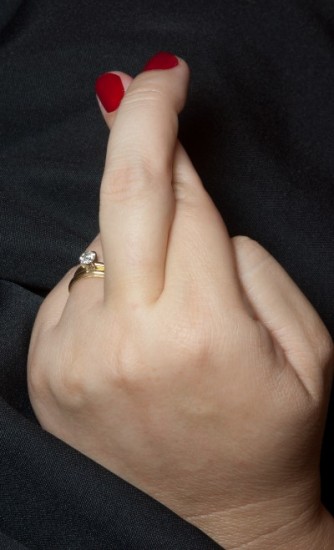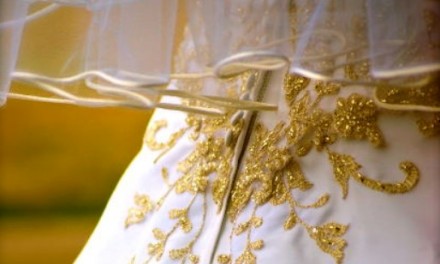 If you’re curious about wedding traditions and customs from all over the world, then look no further.
If you’re curious about wedding traditions and customs from all over the world, then look no further.
We’ve spared no expense to bring to you some of the oddest and most interesting wedding customs from all over the world.
For example, wear your wedding ring on the fourth finger of your left hand, you’re not alone: 70% of all brides follow that tradition.
The reason why engagement and wedding rings are worn on the fourth finger of the left hand is because it was formerly believed that one vein in that finger leads directly to the heart.
A whopping seventeen tons of gold is fashioned into wedding rings every year in the United States alone!
Although England’s Queen Victoria popularized wearing a white gown on one’s wedding day, Japanese brides had been wearing white for centuries.
However, Korean brides get married wearing red and yellow on their gowns.
In Asia, wearing robes embroidered with cranes is thought to inspire fidelity for the whole length of the marriage.
Ever wonder where the custom of the bridal veil came from?
It originated in ancient Greece and Rome, where the veil was thought to protect the bride from evil spirits.
In the Middle East, on the other hand, brides protect themselves from the evil eye by painting their hands and feet with henna.
In America the bride and groom used to be pelted with rice as they left the church.
Recently, though that custom has changed.
Now eco-conscious couples pass out bags of birdseed for the guests to throw because eating rice causes birds to swell up and die.
At Czech weddings, this has never been a problem, since the guests throw peas instead of rice.
Although Saturday is the most popular day to get married, the English consider it the unluckiest day of the week to get married on.
The English consider Wednesday the best day on which to marry, even though Monday is associated with wealth and getting married on Tuesday is associated with health.
Oddly enough, the English also believe that if you find a spider in your wedding dress, it’s good luck!
The custom of marrying in June originated with the Roman Empire, when the Roman goddess Juno was the patron of marriage, the hearth, and childbirth.
To this day, June is still the busiest month for weddings.
Grooms carry their brides across the threshold of their new home in order to protect her from the evil spirits lurking below.
Traditionally in a Christian wedding ceremony, the bride stands by the groom’s left side so that he can have his right hand free in case he needs to fight off any other suitors.




